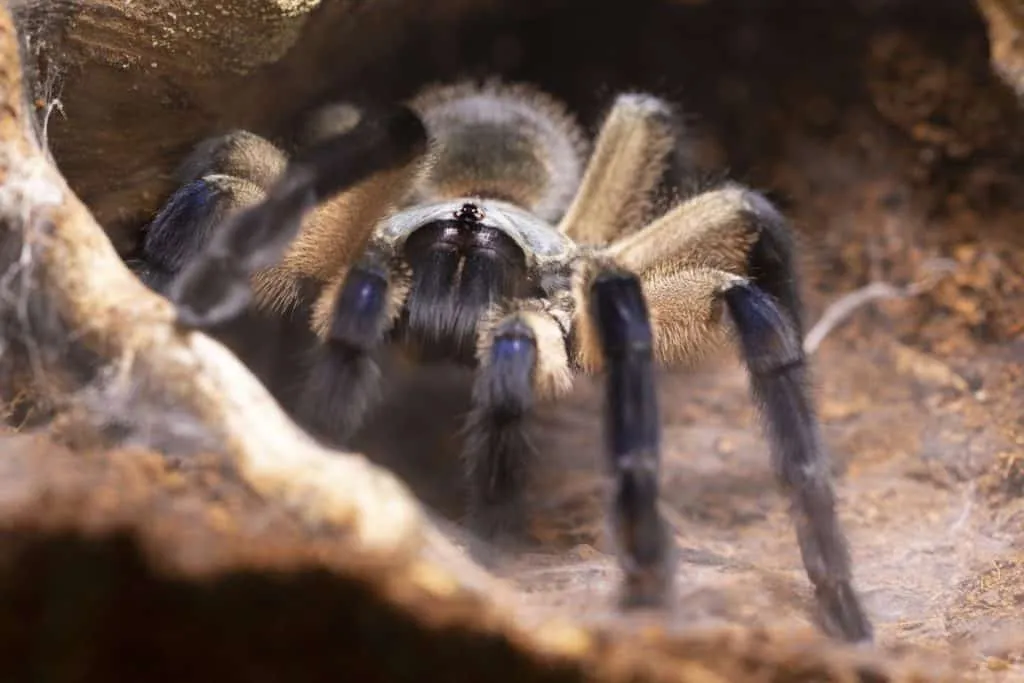Understanding Pet Tarantulas
Bringing a pet tarantula into your home can be an exciting experience. These fascinating creatures, with their hairy bodies and captivating behaviors, have gained popularity as pets. However, responsible tarantula ownership requires understanding their unique needs. This comprehensive guide will provide you with the essential knowledge to care for your pet tarantula, ensuring its health and happiness. From choosing the right species to setting up their habitat and providing proper care, we’ll cover everything you need to know. This article will provide you with a solid foundation for becoming a successful tarantula owner, allowing you to enjoy the wonders of these intriguing arachnids.
Choosing the Right Tarantula
Selecting the right tarantula species is the first crucial step. Different species have varying temperaments, care requirements, and sizes. Researching potential species and understanding their characteristics is essential before making a purchase. Consider your experience level, the space you have available, and the time you can dedicate to their care. Some beginner-friendly species include the Chilean Rose Hair Tarantula (Grammostola rosea) and the Pinktoe Tarantula (Avicularia avicularia), known for their relatively docile nature and manageable care requirements. However, more experienced keepers might consider species with more specific needs or striking appearances. Always prioritize the tarantula’s well-being when making your choice.
Considerations for Beginners
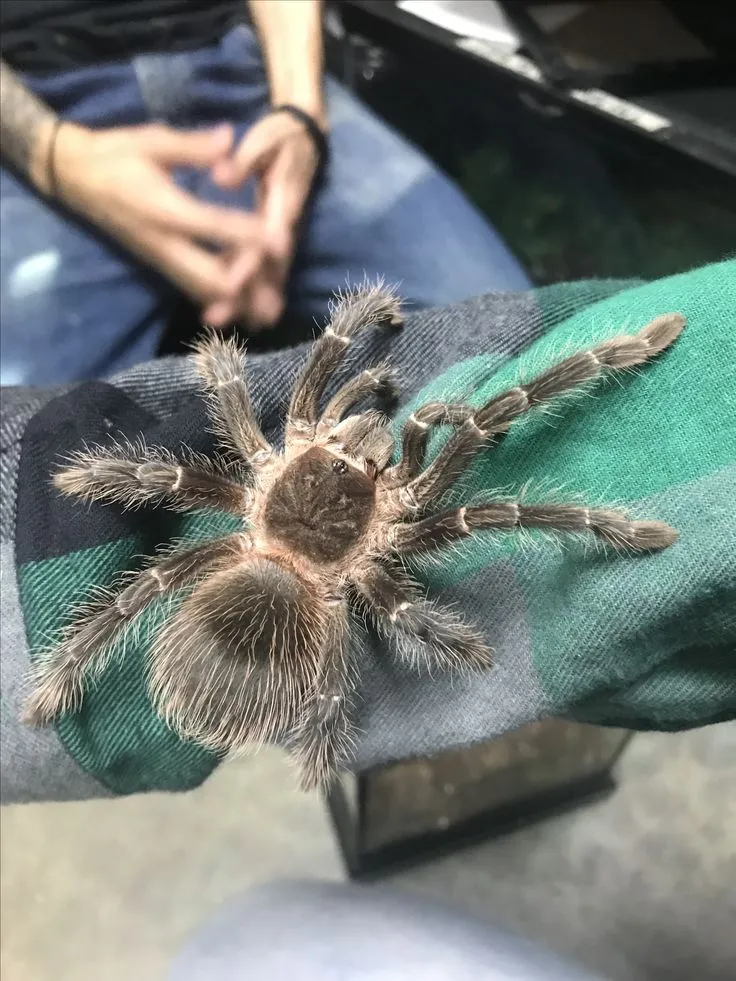
For those new to tarantula keeping, starting with a less demanding species is highly recommended. These tarantulas are generally more forgiving of minor care mistakes and have less complex habitat needs. Before acquiring a tarantula, familiarize yourself with its specific requirements, including humidity levels, temperature range, and substrate preferences. Thorough research will help you create an environment that mimics their natural habitat as closely as possible. Furthermore, understand the tarantula’s growth rate, lifespan, and potential size to ensure you can provide appropriate housing throughout its life. Consult experienced keepers or reputable online resources for guidance and advice tailored to your chosen species.
Essential Equipment
Setting up a suitable habitat is paramount for your tarantula’s health and comfort. This includes a properly sized enclosure, appropriate substrate, and essential accessories. The enclosure should be large enough for the tarantula to move around but not so large that it feels overwhelmed. A secure lid is crucial to prevent escapes. The substrate, which forms the base of the enclosure, should be chosen based on the species’ needs. Coconut fiber, peat moss, or a mixture of both are popular choices. Include a water dish, hiding places like cork bark or artificial plants, and any necessary heating or lighting equipment. Consider the specific needs of your chosen tarantula species when selecting equipment and decorations. Proper setup creates a natural and safe environment for your tarantula to thrive.
Housing
The enclosure should be escape-proof and provide adequate space for the tarantula to move, molt, and burrow. The size of the enclosure should be based on the tarantula’s size, with larger tarantulas requiring more space. Ensure the enclosure is well-ventilated to prevent the buildup of humidity. The enclosure should be made of a material that is easy to clean and disinfect. Glass or acrylic enclosures are commonly used. Avoid using mesh lids, as tarantulas can get their legs caught. Ensure the enclosure is placed in a secure location, away from direct sunlight and drafts.
Heating and Lighting
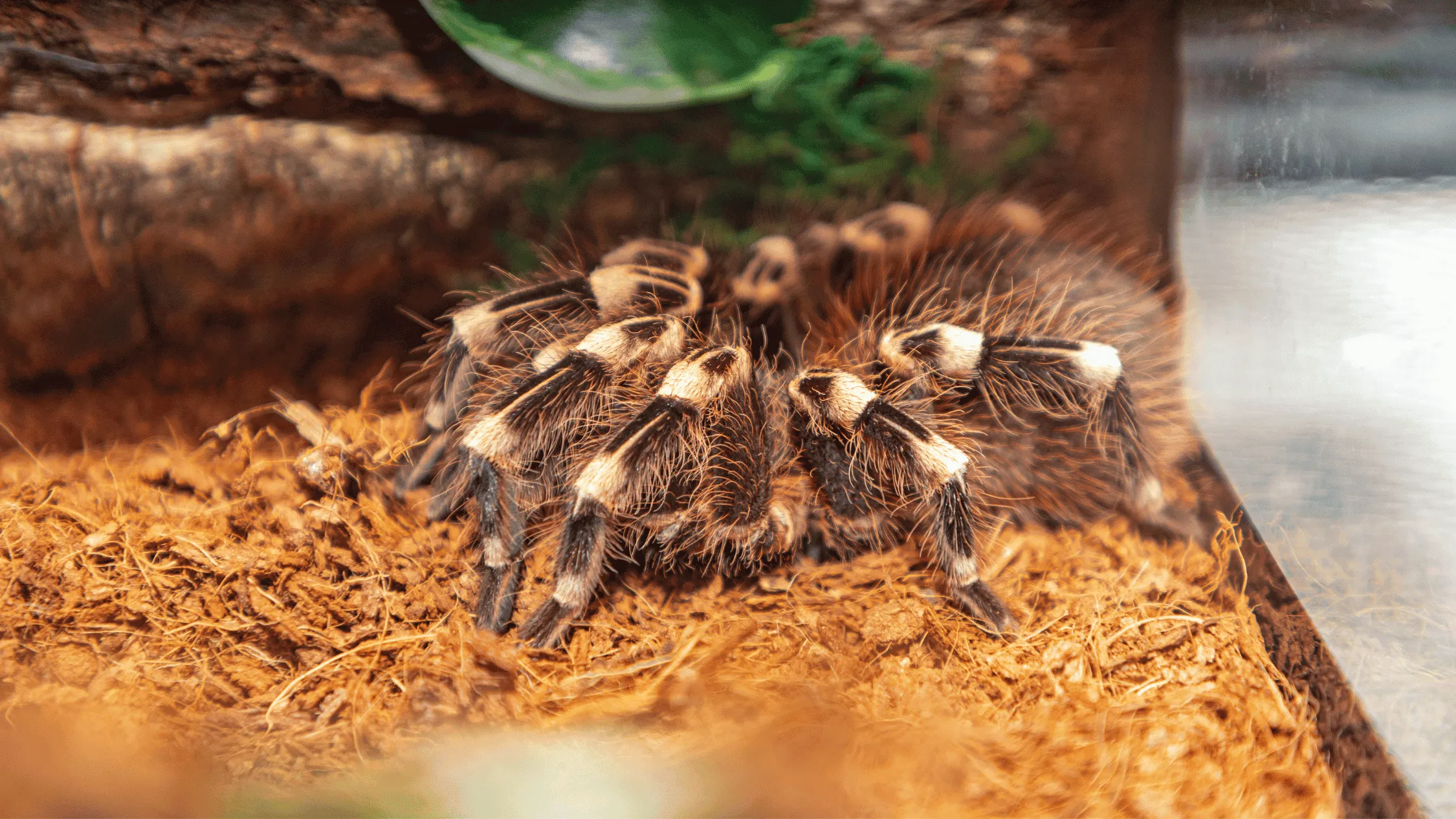
Most tarantulas don’t require specialized lighting, as they are nocturnal creatures. However, a low-wattage bulb or LED can be used to provide a day-night cycle and allow for viewing. Temperature regulation is more important. Maintain the appropriate temperature range for your tarantula’s species. This can often be achieved with a heat mat placed on the side or bottom of the enclosure. Always monitor the temperature with a thermometer to ensure it remains within the safe range. Avoid using heat rocks, as they can cause burns. Providing a proper thermal gradient helps the tarantula regulate its body temperature and promotes healthy molting.
Feeding Your Tarantula
Feeding your tarantula is a straightforward process, but it’s crucial to provide a balanced diet. Tarantulas are primarily insectivores, meaning they eat insects. The type of insects you feed will depend on the tarantula’s size and preference. Crickets, mealworms, and roaches are common choices. Ensure that the insects are gut-loaded with nutritious food before feeding them to your tarantula, as this will provide your tarantula with more nutritional value. Remove any uneaten insects after a day to prevent them from stressing the tarantula. Offering the right food in appropriate amounts is vital for the tarantula’s growth and overall well-being.
What to Feed
The diet of a pet tarantula primarily consists of live insects. Crickets, mealworms, Dubia roaches, and other readily available feeder insects form the base of their diet. The size of the prey should be appropriate for the tarantula’s size; generally, the prey should be no larger than the tarantula’s body. Offer a variety of insects to ensure a balanced diet. Before feeding, it’s beneficial to gut-load the insects with nutritious food like vegetables or insect food. This enhances the nutritional value for your tarantula. Avoid feeding wild-caught insects, as they may carry parasites or pesticides.
Feeding Frequency
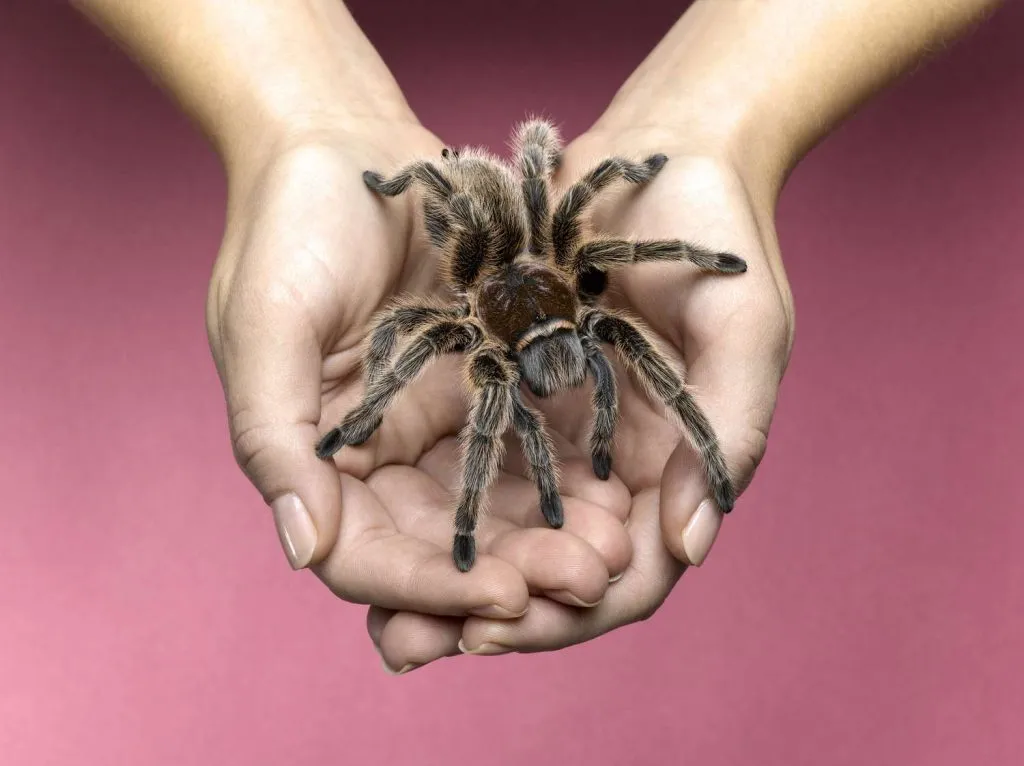
The feeding frequency depends on the tarantula’s age, size, and species. Spiderlings (young tarantulas) need to eat more frequently than adults, typically 2-3 times per week. Sub-adults can be fed once or twice a week, and adult tarantulas can often be fed once every 1-2 weeks. Observe your tarantula’s abdomen; a well-fed tarantula will have a plump abdomen, while a hungry one will have a smaller abdomen. Reduce feeding frequency if the tarantula is about to molt, as they often refuse food during this process. Always remove uneaten prey within 24 hours to prevent stressing the tarantula.
Watering and Hydration
Providing fresh water is essential for your tarantula’s health and survival. Tarantulas need water to stay hydrated, especially since they get most of their moisture from the food they eat. The enclosure setup, including substrate and ventilation, influences humidity levels and the need for regular watering. Ensure the tarantula has a constant supply of fresh, clean water to drink. Understanding humidity requirements and employing appropriate watering methods will contribute to a healthy and thriving pet tarantula.
Maintaining Humidity
The humidity level required varies depending on the tarantula species. Some species need high humidity, while others thrive in drier conditions. Research the specific needs of your tarantula species. You can maintain the appropriate humidity levels by misting the enclosure with water, especially in drier environments. The substrate helps maintain humidity, and you can also use a hygrometer to monitor humidity levels. Ensure proper ventilation to prevent mold growth. Adjust the watering and misting frequency based on your species needs and enclosure conditions.
Watering Methods
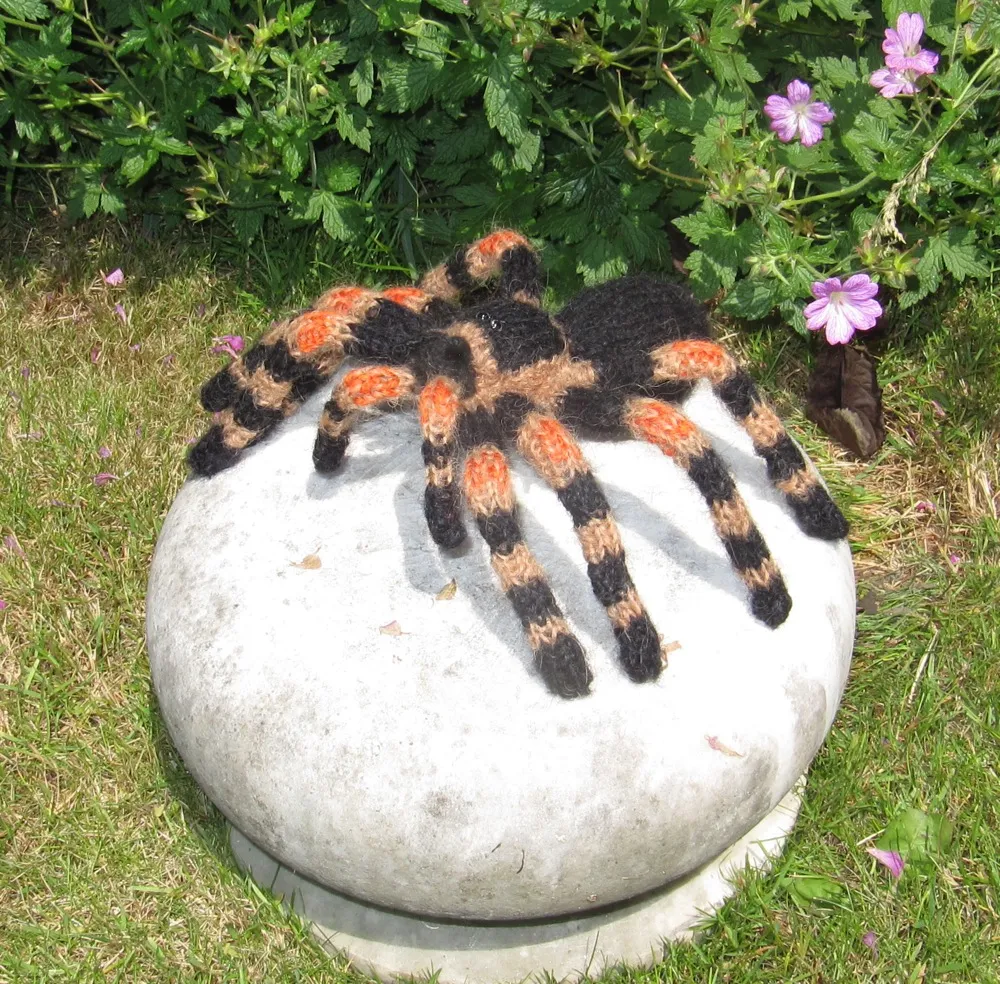
There are several ways to provide water to your tarantula. A shallow water dish is a common method, ensuring it is always filled with fresh water. Mist the enclosure with a spray bottle, but avoid over-misting, which can lead to mold and other issues. Some tarantulas, particularly arboreal species, may drink water droplets from the enclosure walls. Providing a water source and keeping the enclosure at the right humidity are crucial for your tarantula’s health and well-being. Regularly monitor and adjust your methods based on your species’ needs.
Handling and Safety
While tarantulas are generally not aggressive, handling them carries risks for both the keeper and the tarantula. It’s best to avoid handling your tarantula unless absolutely necessary. Tarantulas can be skittish and may bite if they feel threatened, and their fangs can be painful. Furthermore, a fall can seriously injure or even kill a tarantula. If handling is required, do so carefully and gently, always supervising the tarantula. If you respect their space and understand their behavior, you can minimize the risk of injury and create a positive environment for both you and your pet.
Safe Handling Practices
If you decide to handle your tarantula, it is essential to do so with caution and preparation. Handle your tarantula close to the ground or a soft surface to prevent injury from falls. Wash your hands before and after handling to avoid transferring oils or chemicals that could harm the tarantula. Never handle a tarantula that is about to molt, as it will be particularly vulnerable. Use a gentle touch, avoid sudden movements, and always pay attention to the tarantula’s body language. If the tarantula appears stressed or agitated, put it back in its enclosure immediately.
Recognizing Stress Signs
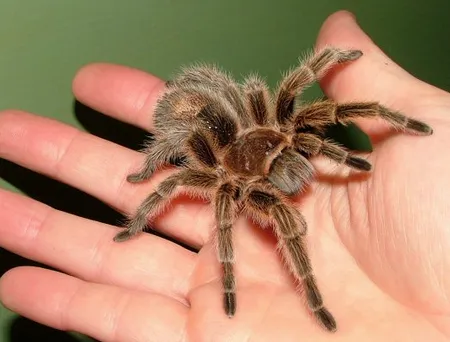
Understanding the signs of stress in your tarantula is crucial for its well-being. A stressed tarantula may exhibit certain behaviors like flicking hairs (urticating hairs), raising its front legs in a defensive posture, or attempting to flee. Other signs include refusal to eat, hiding constantly, or being unusually sluggish. If you notice any of these signs, immediately stop handling the tarantula and check its environment. Make sure its habitat is correct, the temperature is appropriate, and there are no other factors causing stress. Providing a safe and comfortable environment is essential for tarantula health and happiness.
Health and Common Issues
Knowing the signs of a healthy tarantula and being able to recognize common health issues are vital for proper care. Regular observation, proper husbandry, and a proactive approach can prevent many potential problems. By paying close attention to your tarantula’s behavior, appearance, and appetite, you can detect any issues early on, increasing the chance of a successful recovery. In this section, we’ll discuss the characteristics of a healthy tarantula and some of the most common health problems you might encounter.
Signs of a Healthy Tarantula
A healthy tarantula will have a plump abdomen (unless it is about to molt), a good appetite, and be active. Its body should be free from any visible injuries or parasites. The tarantula should move smoothly and not exhibit any signs of distress. The fangs should be intact, and the chelicerae should be clean. A healthy tarantula will also have a good posture and not be lethargic. Regular molting is also an indication of a healthy tarantula, as this is how they grow. If the tarantula is eating regularly and behaving normally, it’s generally a good sign that it’s thriving in its environment.
Common Health Problems
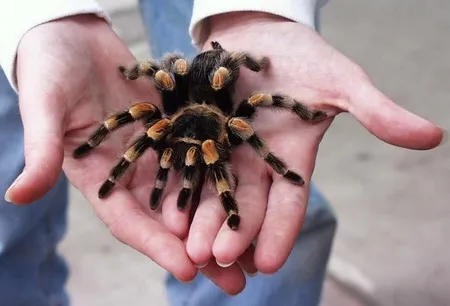
Common health problems in tarantulas include mites, fungal infections, and injuries. Mites can be identified as tiny, moving spots on the tarantula or its enclosure. Fungal infections can occur due to high humidity or poor ventilation. Injuries can occur due to falls or other accidents. If you notice any of these problems, consult a veterinarian experienced in exotic animals. Maintaining proper hygiene, providing a suitable environment, and regular observation can help prevent these issues. Proper care and a quick response to any health concerns can ensure your tarantula lives a long, healthy life.
Conclusion
Caring for a pet tarantula can be a rewarding experience. By understanding their needs, setting up a proper habitat, and providing consistent care, you can ensure your tarantula’s well-being. Remember to research the specific requirements of your chosen species, handle your tarantula with care, and be vigilant about its health. With proper knowledge and dedication, you can enjoy the fascinating world of tarantulas. Enjoy the experience of being a tarantula owner, and always continue to learn and adapt your care practices to provide the best possible environment for your pet.
